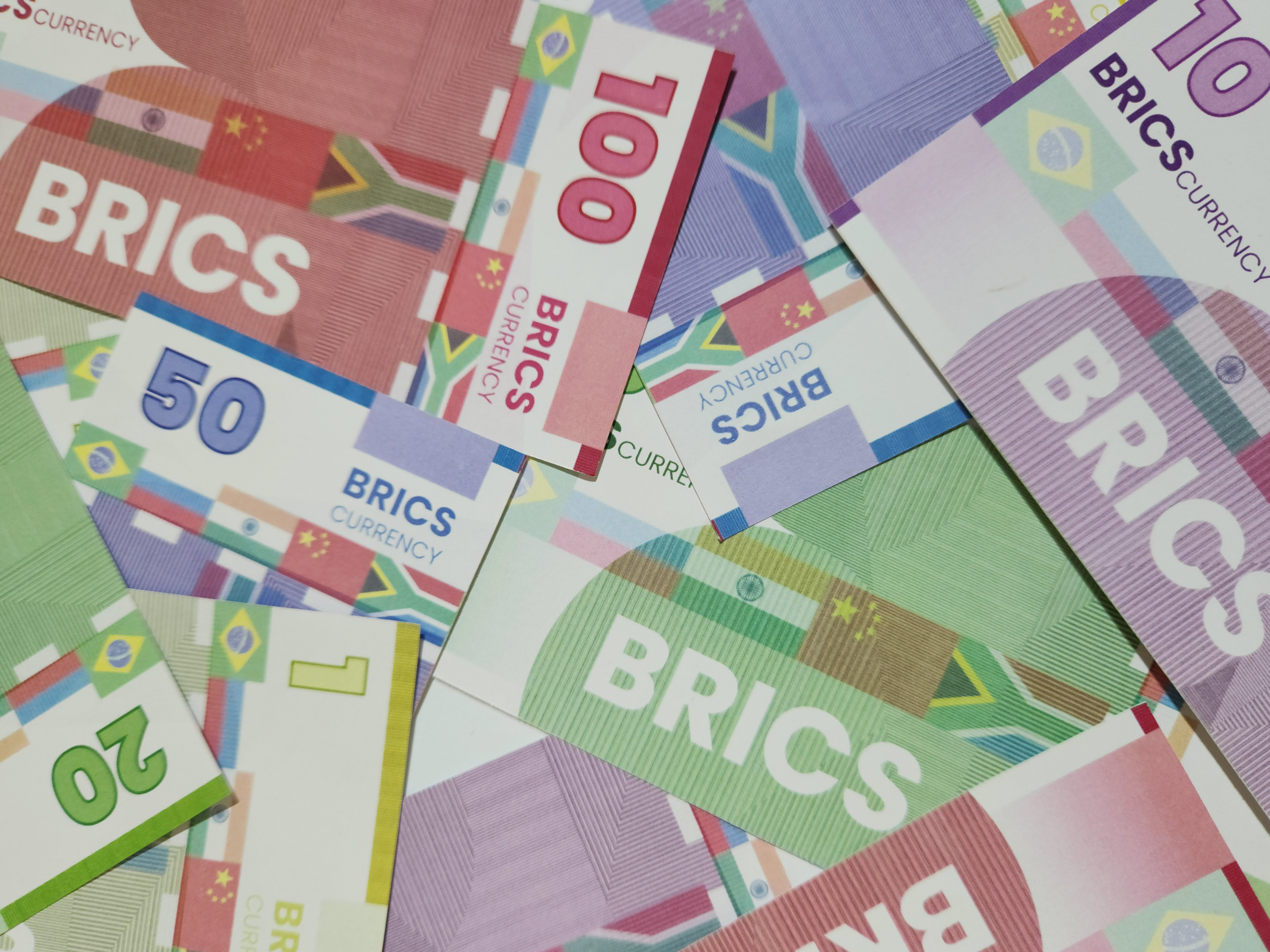
As the BRICS nations contemplate the introduction of a common reserve currency, concerns arise regarding its viability and the potential advantages it may offer. This article critically examines the BRICS bloc’s capacity to develop a global currency comparable to the US dollar, with a particular focus on India’s challenges in embracing this initiative.
While internal trading in domestic currencies is actively considered within BRICS, a common currency could enhance intra-BRICS trade and eliminate the high conversion costs associated with international transactions. Initial steps, led by India and China, involve exploring mutual trade settlements in national currencies, paving the way for the potential introduction and circulation of a digital or alternative currency within BRICS.
Diverse Motivations within BRICS
Each BRICS member supports the new currency initiative for different reasons. Russia and China are primarily motivated by political interests, seeking to challenge the dollar-dominated financial system and reduce their vulnerability to US sanctions. India, South Africa, and Brazil, on the other hand, aim to reduce the dominance of the dollar in international transactions to ease their debt repayments and alleviate financial constraints.
BRICS as a Global Currency
Assessing whether BRICS fulfills the necessary criteria for a global currency compared to the US is crucial. With a collective GDP exceeding that of the US, the BRICS bloc projects significant economic heft. Additionally, BRICS has made strides in establishing financial institutions such as the New Development Bank, offering alternatives to traditional international organizations and expanding its financial outreach. However, the US’s military strength and global political influence contribute to the dominance of the dollar, setting it apart from BRICS.
Challenges for India
India faces specific challenges in adopting the proposed BRICS currency. The foremost challenge is the potential clash of interests among member nations, with Russia’s preference for transacting in Renminbi potentially overshadowing India’s Rupee-Rouble arrangement. Increased dependence on China within a currency union like the EU poses another challenge, as it may lead to imbalanced trade relations and potential hegemony.
Furthermore, addressing exchange rate volatilities within member nations, such as the declining value of the South African Rand, presents a significant hurdle. Establishing convergence criteria for member currencies and defining fluctuation bands becomes crucial for stability and consensus within the proposed BRICS currency union.
Conclusion
The feasibility of a BRICS currency hinges on navigating divergences among member nations and carefully weighing the benefits against potential costs. While an alternative currency could reduce conversion costs and enhance financial autonomy, individual foreign policy interests and geopolitical dynamics must be considered. As BRICS contemplates this significant step, cautious deliberation is essential to ensure a common currency aligns with the bloc’s collective vision and mutually beneficial outcomes.
Join a thriving community of traders – sign up with OFP today!






